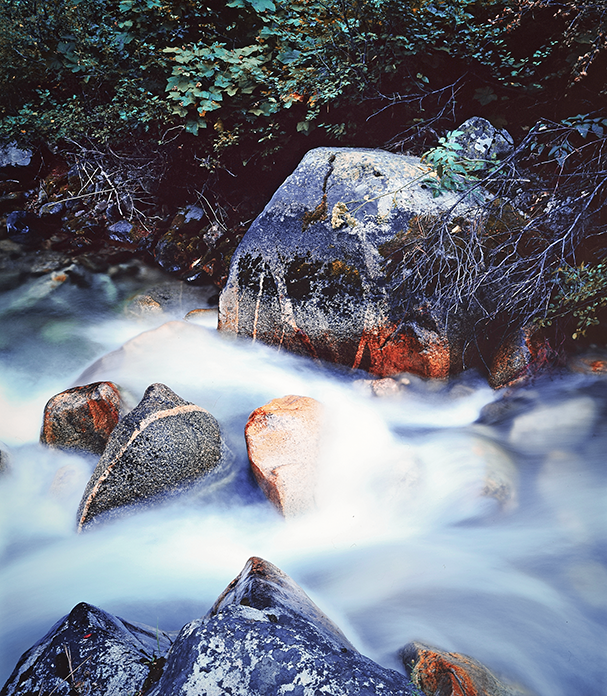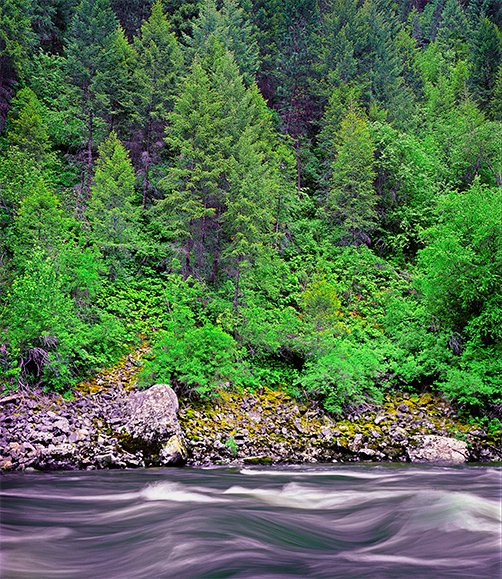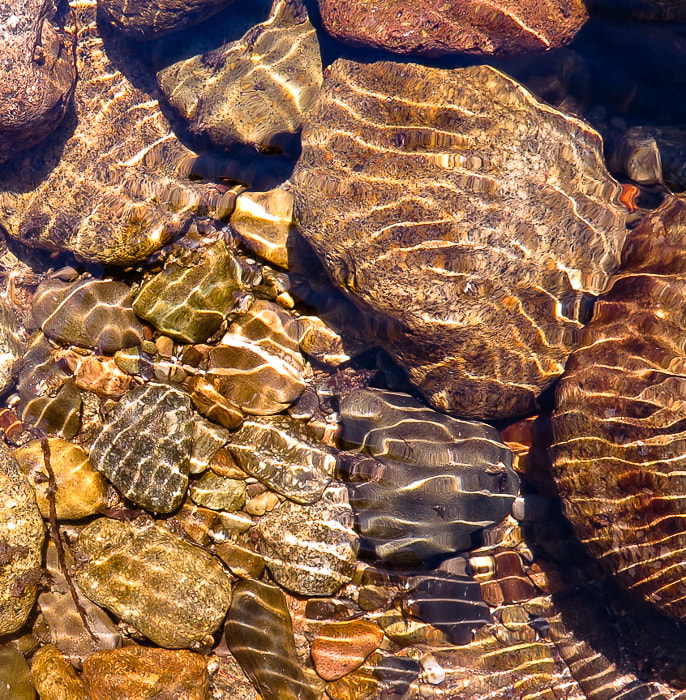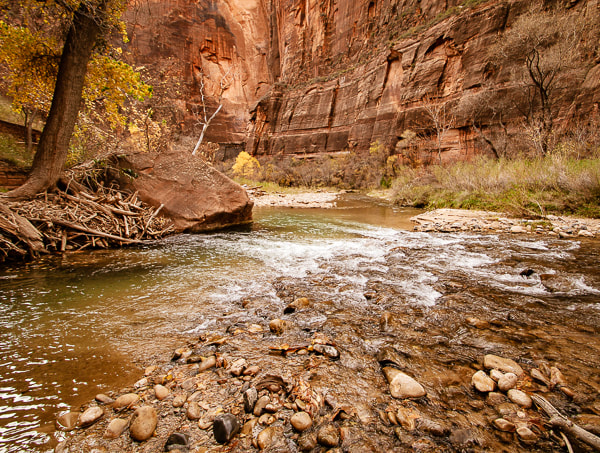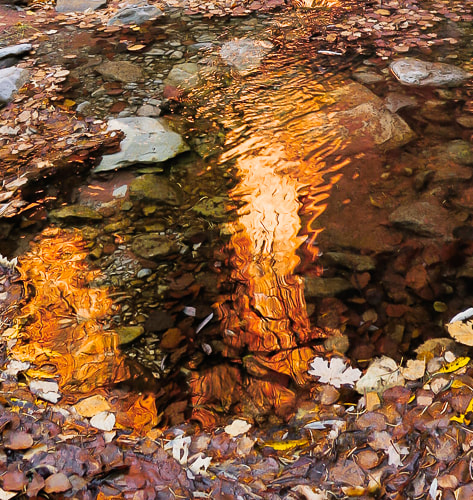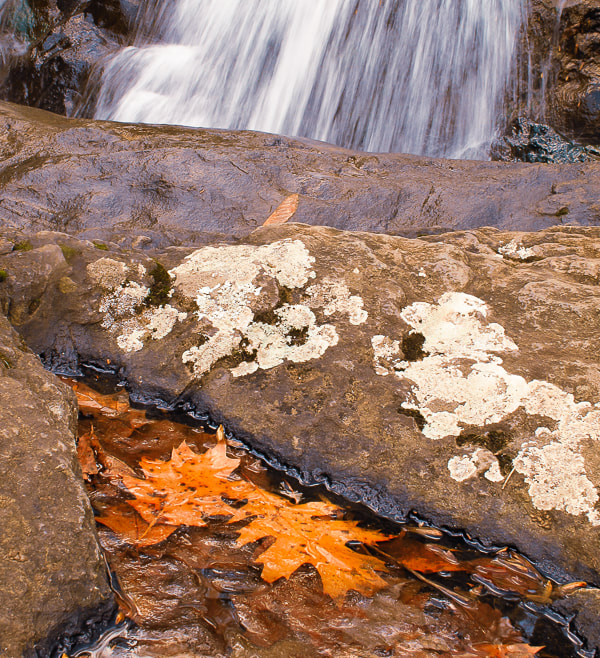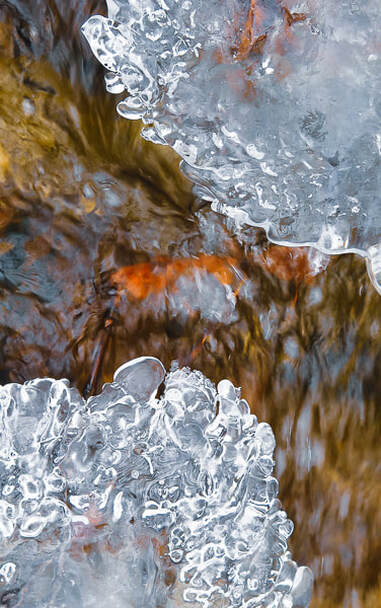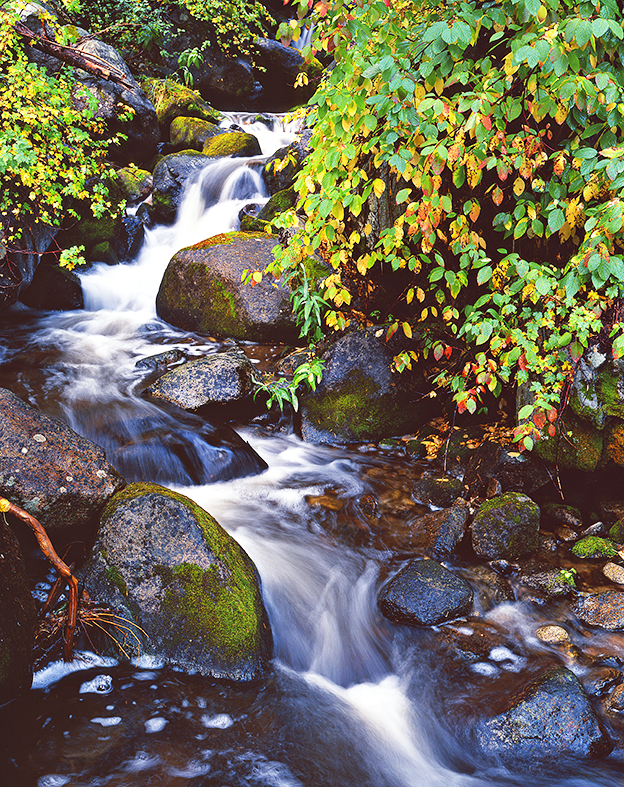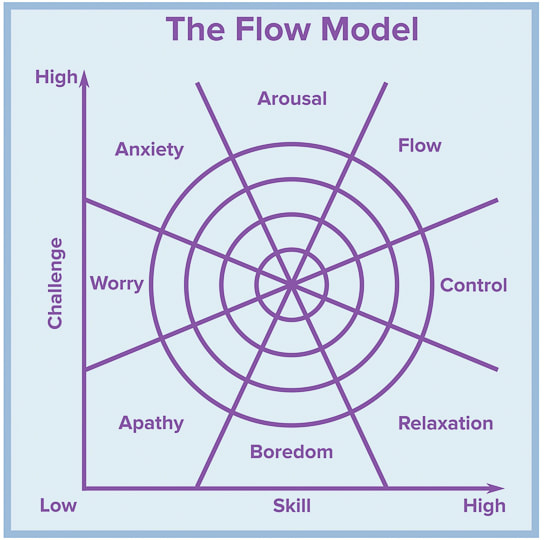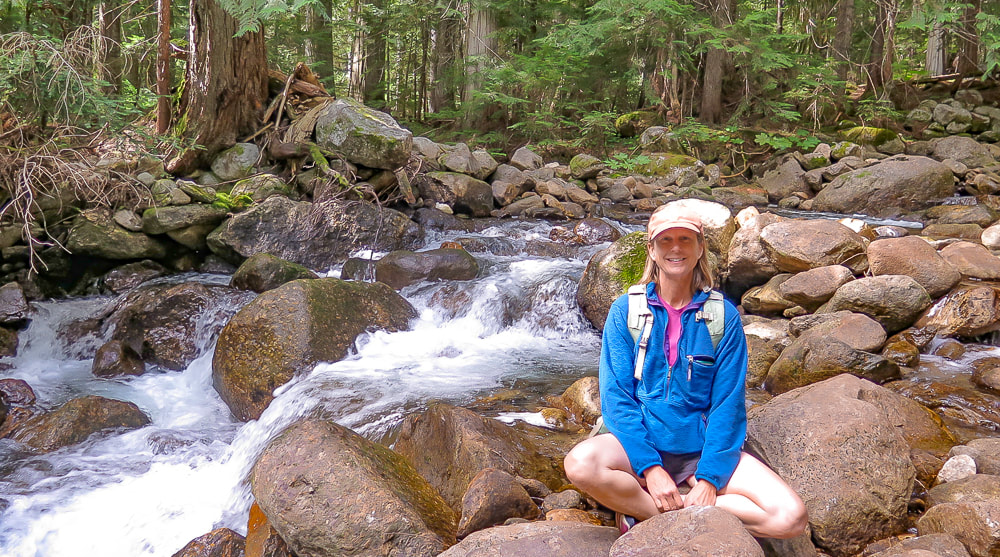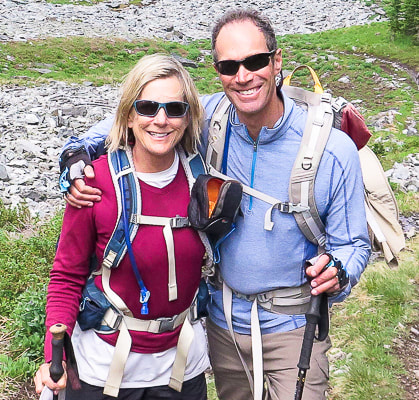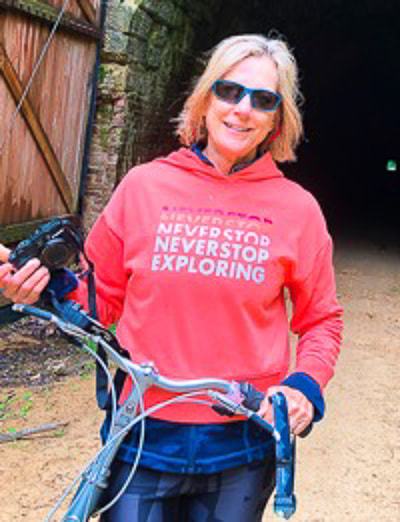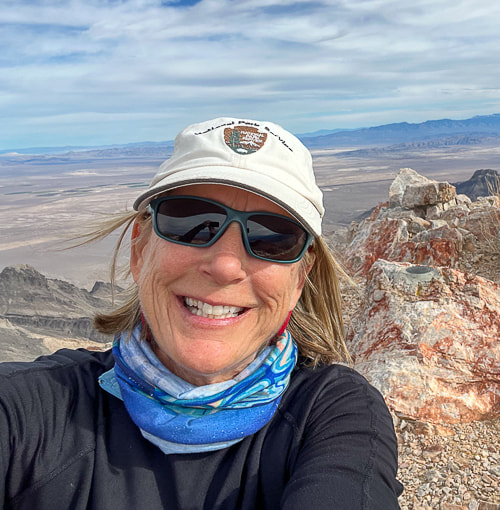|
What is flow and how can we achieve it? How it helps us through challenging times. Related: Pahrump Point Hike and Tecopa Hot Springs, California Southern Utah Hiking and Biking in a Pandemic: Wire Mesa, Snow Canyon, Zion NP Feeling "Flow" - The Theory of Optimal Experience If it wasn't for a friend who reads my hiking posts, I probably would have never heard of "flow", the feeling of immense joy felt during an intrinsically rewarding task whereby the focus is not on the self, but on the activity. He knew that I would be interested in the article he sent me, "Why does Experiencing 'Flow' feel so good? A Communication Scientist Explains", because it relates to my passion for hiking and nature. It helped me question more specifically why hiking makes me happy and turns on my creativity. Is this happiness caused by flow or the release of serotonin, the body's natural mood stabilizer, or both? Is it simply the rhythm of walking? Or is it because nature is inherently relaxing? Did hiking help me through the COVID-19 pandemic? It has led to a cascade of great articles and books to peruse. Mihály Csíkszentmihályi, in the 1970's, asked the question "what is enjoyment?" when he saw that many Europeans were traumatized by World War II. He decided to find out what makes life worthwhile after he attended Carl Jung's presentation about Hindu mandalas as a technique to gain a sense of order. After that, his life was devoted to answering the question, "how can we achieve a state of optimal experience?" and studying positive psychology. He interviewed athletes, artists, composers, surgeons and CEOs of large companies to ascertain what made their lives meaningful and describe how they felt during happy, intense experiences. Many used the metaphor of feeling like they were carried by a current - like the flow of water. Others achieve flow with yoga, snowboarding, playing chess, and writing. Mountain climbers are among the 8,000 people around the world who have been interviewed for flow research, as well as blind nuns, Navajo shepherds and Dominican monks. He found that regardless of culture, education, vocation, etc., seven conditions appear when a person is in flow. Flow happens when we complete an activity and feel self-assurance, satisfaction, and joy. An activity in which you can achieve flow is one that is worth doing for its own sake. A website with a great name, "Happiness Lessons," indicates that if we can find this activity, we will be able to move society and humanity forward. hover for locations
Trinity Mountains, Idaho
Not surprisingly, research shows how people with stronger feelings of flow felt better during COVID-19 quarantine compared to people with weaker experiences because knowing how to get into flow distracted them from worry. Flow refocuses thoughts away from stressful circumstances to more positive and enjoyable ones, and it can decrease depression and burnout. I believe that if you know what to do in order to experience flow and optimal well-being, then you have more confidence and less fear. Your brain during flow The brain actually changes its network configuration during flow, says Richard Huskey, the author of this article. He is Assistant Professor of Communication and Cognitive Science, University of California, Davis, and has studied flow for 10 years in his lab. This network change helps people adapt to difficult tasks. Three activities occur during flow that lead to well-being. We stop thinking about ourselves and our negative thoughts decrease because that structure of the brain becomes suppressed. Conversely, with flow, the brain is thought to increase activation in reward-processing regions. At this time, however, this has not been proven; these brain responses are associated with flow, but we can't yet conclude that these responses cause flow. So, yes, I would have to conclude I do feel flow on most of my hikes, as long as I don't get stuck on a ledge, or in a thunderstorm, or have to climb Class 4 rocks. There's probably a bit of serotonin mixed in. Hiking with my husband and friends creates "optimal happiness." For a few hours we can can leave negative thoughts behind and feed our souls. There's something about moving in nature and witnessing extraordinary scenes in the American west that bonds us together. Old Growth Trail - Kokanee Creek - just outside of Kokanee Glacier Provincial Park, Nelson, British Columbia photo by Ann Amberg - annamberg.com References
Mihaly Csikszentmihalyi: Distinguished Professor Emeritus of Psychology and Management Founder, Co-Director, Quality of Life Research Center. Retrieved from https://www.cgu.edu/people/mihaly-csikszentmihalyi/ Huskey, R. January 4, 2022. Why does Experiencing 'flow' feel so good? A communication scientist explains. Retrieved from The Conversation. Stanford researches find mental health prescription: Nature. 6/30/15. Stanford News. TED Talk . February 2004. https://www.ted.com/talks/mihaly_csikszentmihalyi_flow_the_secret_to_happiness
2 Comments
Robert G Kuhnau
2/6/2022 10:39:29 am
Interesting article /sue.Remember that picture of me on top of Mount Crested Butte? I was experiencing FLOW then and didn't realize it. I miss the FLOW that we got with hiking but I try to replace it with golf.
Reply
Yes, I remember the photo of you on top of Crested Butte Mountain at 12,000 feet. We had so much fun I will always treasure every hike with you and the gang. They were a gift. Glad you can get flow with golf - probably because you are good at it. It would be interesting to find out how different people get their flow! Thanks for your comment. Love YA!!
Reply
Leave a Reply. |
Categories
All
About this blogExploration documentaries – "explorumentaries" list trip stats and highlights of each hike or bike ride, often with some interesting history or geology. Years ago, I wrote these for friends and family to let them know what my husband, Fred and I were up to on weekends, and also to showcase the incredible land of the west.
To Subscribe to Explorumentary adventure blog and receive new posts by email:Happy Summer!
About the Author
|

